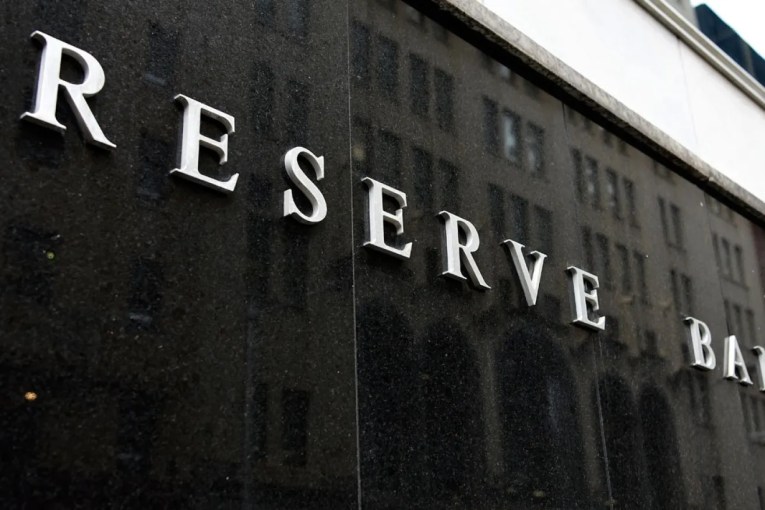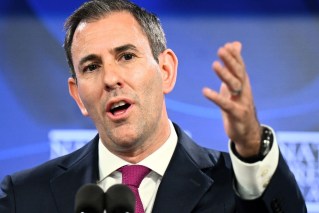Power bill relief may be in sight as renewables help to shrink electricity prices

Millions of families are being hammered by huge electricity bills as the fallout from last year’s energy market crises hits household budgets that are already under great pressure.
But there may be relief on the horizon – wholesale energy prices have peaked and are falling.
Figures published by the Australian Energy Market Operator (AEMO) on Friday revealed national electricity market spot prices averaged $83 per megawatt hour (Mwh) over the March quarter.
That’s down more than 70 per cent from the prices north of $250 (Mwh) seen when the AEMO was forced to shut down and take over the market during the global energy crisis in June 2022.
Prices have fallen steadily since then, with the March quarter average 10.7 per cent lower than the $93/MwH over the December quarter and 61 per cent lower than the September quarter.
It is still 11.3 per cent higher than the $74 (Mwh) averaged between 2016 and 2021.
Renewables to the rescue
AEMO chief executive Daniel Westerman said on Friday that an ongoing surge in renewables has been key to pushing prices lower since last year, as fossil fuels like coal had a smaller, though still substantial, role in power generation.
“Growing renewable output across the NEM meant that 12 per cent of the time wholesale prices were negative or zero,” Mr Westerman said.
“Between 9am and 5pm, wholesale electricity prices were negative in South Australia and Victoria 60 per cent and 55 per cent of the time, respectively.”
Australia’s high levels of rooftop solar generation drove record power output from Australian houses, rising 23 per cent, which meant demand on the grid fell to the lowest level since 2005.
Grid-scale solar and industrial wind farms grew over the March quarter, and provided a record quarterly average of 4,654 megawatts of power – an 11 per cent annual increase.
Bruce Mountain, energy program policy director at Victoria University, said there has been a “big pull down” in wholesale power prices over the past six months.
“The massive surge we had last year was heavily affected by gas price constraints, which in turn drove global price issues as the consequence of Europe turning its back on Russia,” he said.
“Coal prices then surged because coal was substituted for gas.”
Dr Mountain said those issues have been gradually addressed as Europe located new suppliers – including Australia – and saw lower than expected demand in winter due to warmer than expected weather.
That means possible relief is on the horizon, though it may take a while to flow down to families because many decisions affecting retail bills in 2023 are based on what happened last year.
“Large customers ought to be experiencing [lower prices] if they’re going to the market to get electricity now,” Dr Mountain said. “But the smaller customers are still affected greatly by the regulatory decisions under the Default Market Offer and Victorian Default Market Offer.
“The draft decisions on those indicate much higher prices based on the historical perspective of what the market was going through.”
The next tranche of regulated electricity prices is set to deliver double-digit increases to power bills for hundreds of thousands of households in July, but it is possible to negotiate a deal to a cheaper market offer.









